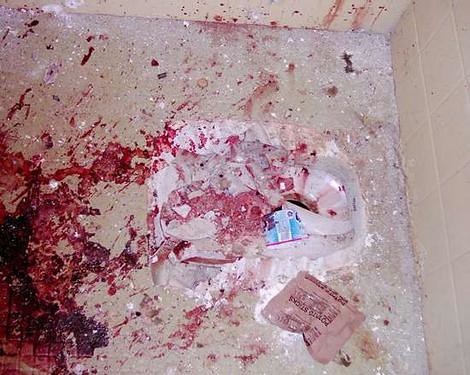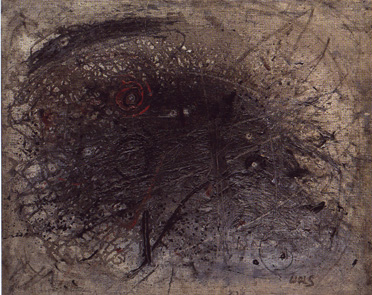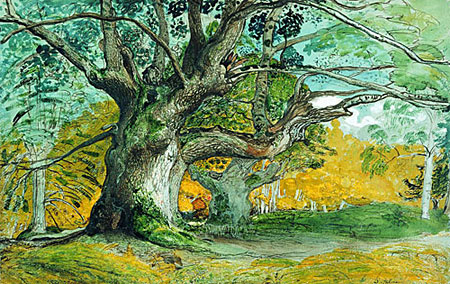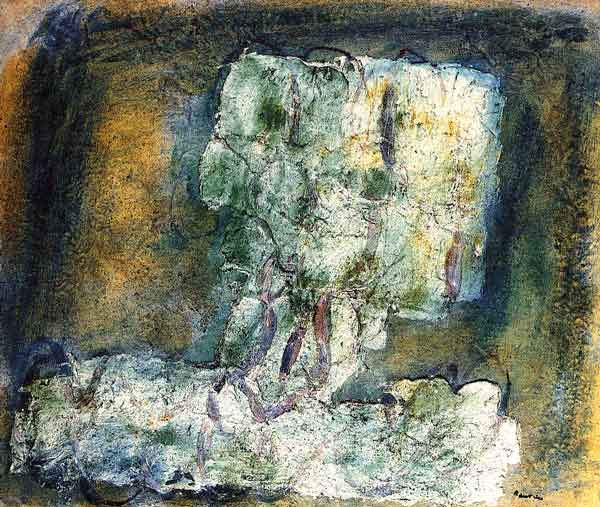French artist Jean Fautrier fought in WW I, like many artists of that time. His paintings anticipated the emergence of Art Informel, the European counterpart to Abstract Expressionism. They are dark and ominous, smeared and hazy. Here are two paintings of glaciers from 1926:

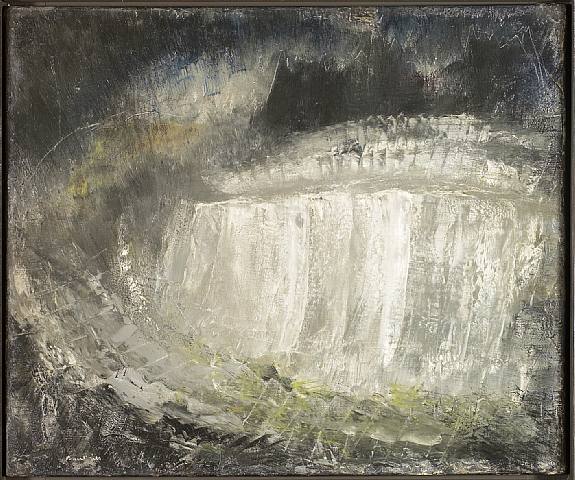
From 1934 to 1939 Fautrier stopped painting, became a ski instructor and ran a jazz nightclub in the French Alps.
Later, when he returned to Paris during WW II, he worked in a studio that was near a wooded area where the Nazis executed their prisoners. At night he could hear the screaming victims. In response he created the "Otage" (Hostage) series, which includes sculpture as well as paintings. The paintings feature thickly applied paint and plaster and crudely articulated scribble-like gestures to evoke primitive heads with bumps and holes instead of features, chunks of flesh with bloody gashes.


After the war, he turned to more everyday objects, depicting them in a confectionary palette of pastel hues - but they are painted in the same style as the Otages. The strange and somewhat problematic fusion of kitsch and the horrors of war is interesting to me. As his friend Francis Ponge wrote, Fautrier combines "brilliant discomfort and rage in a smooth bouquet."
There is a great
article by David Ebony on Fautrier (Art in America, September 2003). You should read that.
